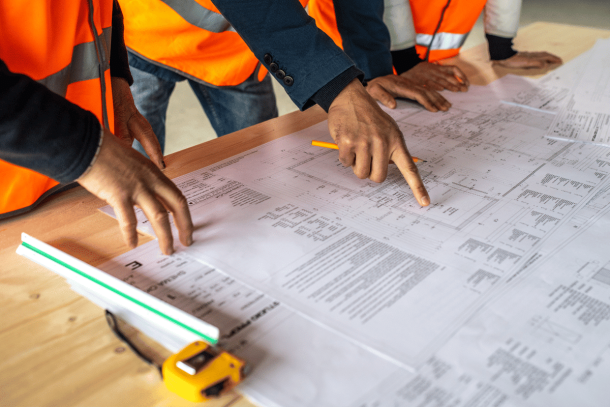Can you concrete over block paving?
Can you concrete over block paving?
Pouring concrete over block paving is feasible and can be done effectively if certain steps are followed to ensure a stable and durable surface. Here’s a step-by-step guide on how to achieve this:
1. Assess the Block Paving
– Condition: Check the condition of the existing block paving. Ensure there are no loose blocks, major gaps, or signs of instability.
– Levelness: Make sure the surface is level. Uneven surfaces can cause the concrete to crack or settle unevenly.
2. Clean the Surface
– Debris Removal: Remove all debris, dirt, and vegetation from the block paving.
– Power Wash: Use a power washer to thoroughly clean the surface, ensuring good adhesion of the concrete.
3. Prepare the Block Paving
– Filling Gaps: Fill any large gaps or holes in the paving with a sand-cement mixture. This helps to prevent the concrete from seeping through.
– Compaction: Compact the block paving to ensure it is stable and will not shift under the weight of the concrete.
4. Install a Bonding Agent
– Bonding Agent: Apply a bonding agent to the block paving. This helps the new concrete adhere better to the old surface.
5. Lay a Reinforcement Mesh
– Rebar or Wire Mesh: Place a reinforcement mesh over the block paving. This will add strength to the concrete slab and help prevent cracking.
6. Formwork Installation
– Formwork: Install formwork around the area where you will be pouring concrete. This keeps the concrete in place until it cures.
7. Pour the Concrete
– Concrete Mix: Use an appropriate concrete mix suitable for the intended use of the floor.
– Pouring: Pour the concrete over the block paving, ensuring even distribution.
– Levelling: Use a screed to level the concrete surface. Make sure to work quickly before the concrete starts to set.
– Finishing: Smooth the surface using a trowel or float to achieve the desired finish.
8. Curing
– Curing: Allow the concrete to cure properly. This usually involves keeping the surface moist and covered for several days to prevent rapid drying and cracking.
9. Final Inspection
– Inspection: Once the concrete has cured, inspect the surface for any issues such as cracks or uneven areas and address them accordingly.
Additional Considerations
– Drainage: Although the floor is undercover, consider if there’s any risk of water pooling. Ensure the concrete has a slight slope for drainage, if necessary.
– Thickness: Ensure the new concrete layer is thick enough to provide the desired durability. Typically, a minimum of 2-3 inches is recommended, but this can vary based on specific needs.
By following these steps, you can successfully pour concrete over block paving, creating a solid and stable surface suitable for various uses. If you’d like to know more or need help with your project, visit and contact us here.











